The Particle Physics Collaboration (PPC) group pursues the completion the of Standard Model of particle physics, a set of theories which describe all known phenomena concerning the electroweak and strong interactions, and explores physics beyond the Standard Model. The group does this by analyzing a large amount of data in high-energy proton-proton collisions collected by the Compact Muon Solenoidal (CMS), one of two multi-purpose particle detectors installed at interaction points of the Large Hadron Collider (LHC) at CERN, Geneva, Switzerland.
This group plays a leading role in the Compact Muon Solenoidal (CMS) collaboration at the LHC, composed of 183 institutions from 38 countries, with 3000 scientists and engineers. After 20 years of design and construction, the CMS detector, the heaviest detector ever constructed for particle physics which weighs 14,000 tons, started collecting proton-proton collision data in October 2009.
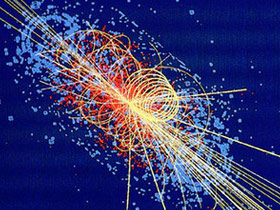
Computer simulation of particle traces from an LHC collision in which a Higgs Boson is produced. (c) CERN. Image credit: Lucas Taylor
| Name | Phone | Office |
|---|
| Name | Phone | Office |
|---|
| Name | Phone | Office |
|---|
| Name | Phone | Office |
|---|
Professor Phil Harris wins 2023 Digital Technology Award
Nominated by students for his use of Jupyter notebooks and open public data in 8.316-Data Science in Physics

June 21, 2023
Engaging in HEP planning of the future
High Energy Physics or Particle Physics has a long history which you can arguably trace back to the Greeks in 600 BC, where the idea of the atom (atomos – ‘uncuttable’) was first invented in thought experiments.
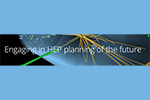
February 6, 2023
A National Science Foundation-funded team will use artificial intelligence to speed up discoveries in physics, astronomy, and neuroscience.
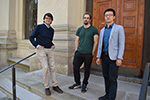
October 29, 2021
Four MIT faculty members receive 2021 US Department of Energy early career awards
Faculty from the departments of Physics and of Nuclear Science and Engineering faculty were selected for the Early Career Research Program.

June 24, 2021
Investigating Heterogeneous Computing at the Large Hadron Collider, Philip Harris

September 3, 2020
Four from MIT named American Physical Society Fellows for 2019
Matthew Evans, Joseph Formaggio, Markus Klute, and Anne White are named MIT’s newest APS fellows for their contributions to physics.
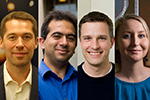
September 20, 2019
3 Questions: Philip Harris on First Observation of Long-predicted Higgs Boson Decay
Seeing Higgs boson decay required “magic-eye” focus; may help physicists understand why the universe has mass.
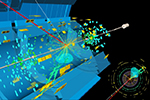
Augut 28, 2018
MIT Physicists Observe Electroweak Production of Same-sign W Boson Pairs
With the aid of the Compact Muon Solenid detector at the Large Hadron Collider, a Laboratory for Nuclear Science-led group seeks to further understand the building blocks of matter.
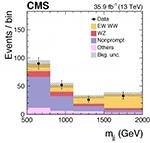
July 17, 2018
Particle Hunter (Markus Klute)
Now that the Higgs boson has come to light, Markus Klute is looking at physics beyond the Standard Model.

July 21, 2017